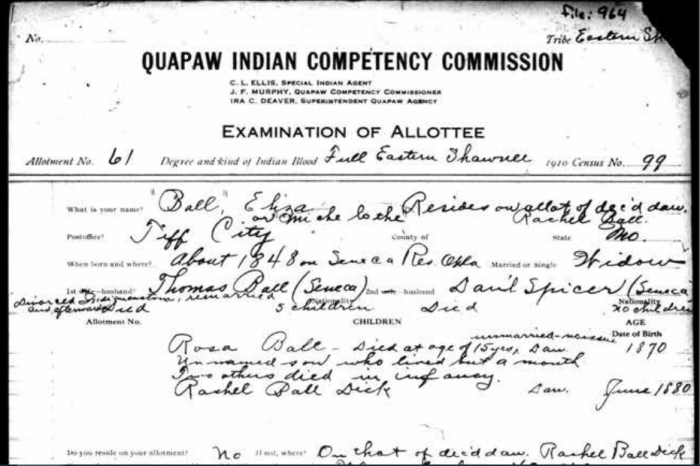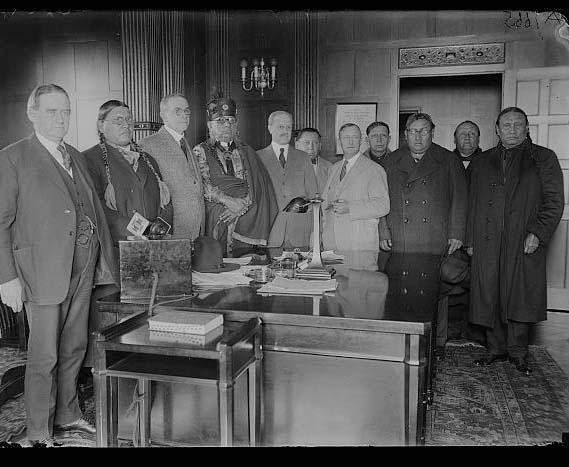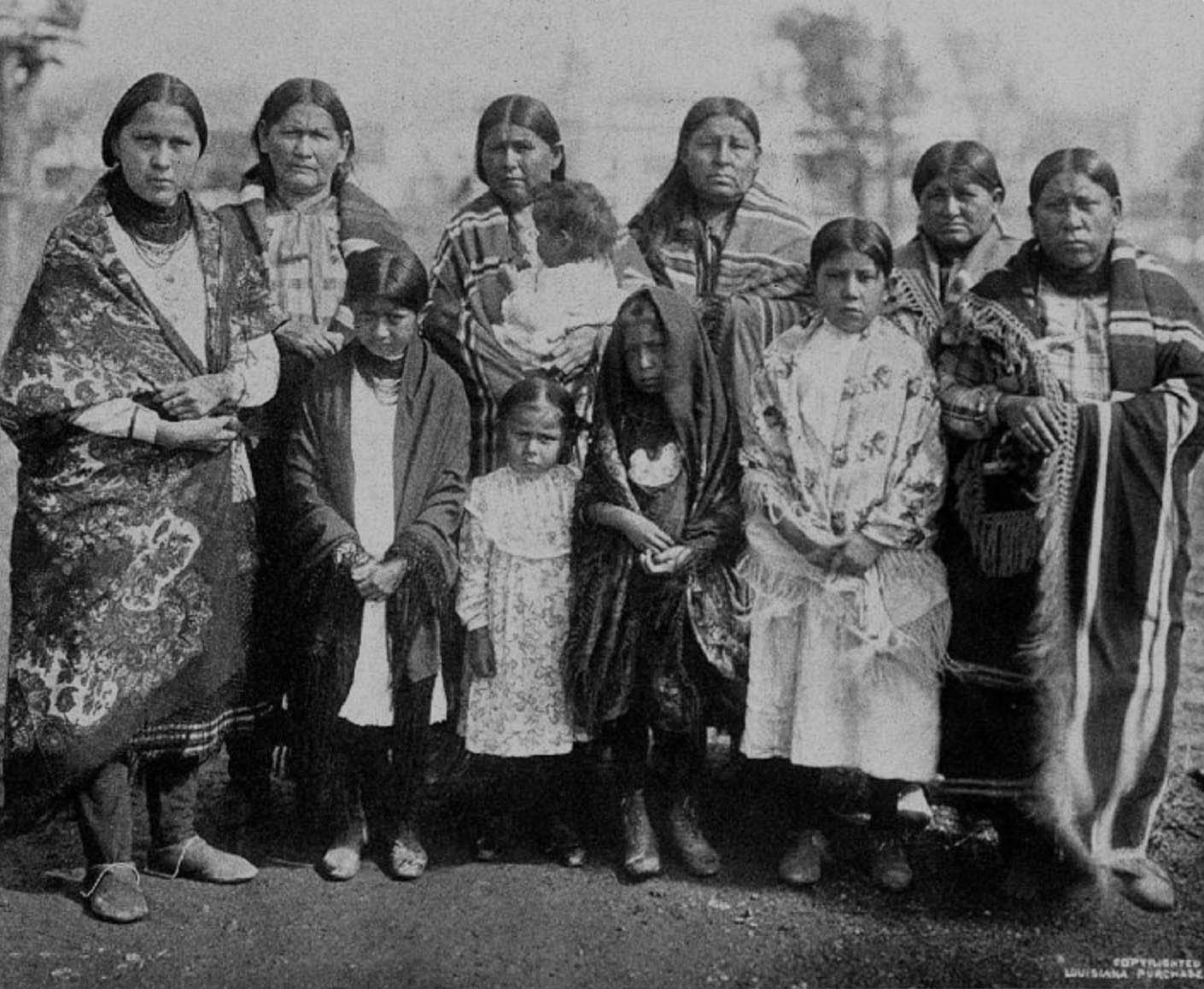1906
Incompetent Indians
Most American Indians do not “own” their land, at least not in the way others traditionally think of land ownership. Rather, the land is held ‘in trust’ by the U.S. government in a strange, patriarchal relationship that requires tribes to get permission from the Department of the Interior (DOI) to utilize their own property in any meaningful way. In this relationship – one in which the U.S. government is the guardian and the Indian is basically a ward-of-the-state – individual Natives who want jurisdiction over their land are required to do something even more demeaning – declare themselves ‘incompetent’ to manage their own affairs.
The notion of the “incompetent Indian” is a painful relic of the past, a requirement developed in the 1800s as a way to prevent Indian people from controlling their own destiny. Unbelievably, that requirement remains in place today. The legal status of the “incompetent Indian” was solidified through Competency Commissions established by the Burke Act of 1906. At that time, Indians would see three white men in business suits arrive on the reservation. One of them was familiar: the local Indian agent. His job was to serve as the U.S. government’s arm into reservations, monitoring Indians and either approving or disapproving everything that took place at his agency. The other two men may have been successful in business, or could have been owed political favors by elected officials in Washington, D.C.
The men would enter the houses of Indian people and take a look around, observing how the Natives kept their homes and hazarding a guess as to how the residents might be managing their personal affairs. The agents would write notes about what they saw and then pose a series of questions. Some were logistical in nature – “Do you farm your land or lease it?” for example – but most of the queries from these so-called “Competency Commissioners” were intended to determine something entirely different: Were the Indians who lived there competent to manage their own lands?

Image: Wikipedia.org
The intruders wielded official government forms that required American Indians to specifically identify reputable white businessmen in the community who could vouch for their character. The men probed into the personal habits and history of individuals, and there was room at the bottom of the form for the commissioners to express their opinions about the subjects being interrogated. Indians who still practiced their traditional ways were considered incompetent. Those who simply “looked Indian” would also fail the test. Although such arrangements were uncommon among white settlers, Indian families often had multiple generations living together and caring for each other. This was frowned upon by the commissioners. So, too, was the decision Indian parents often made to keep their children from being taken away to attend residential schools where they would be stripped of their traditional culture and indoctrinated into the ways of the white man. This, and a reluctance to speak English, were also painted in a bad light. Anything that could be used against the Indians most certainly was.
“Those who simply looked Indian would fail the test.
The outcomes were devastating
The consequences were severe. Control over lands the Indians previously owned now reverted to the U.S. government and were held “in trust.” This meant that any future action taken regarding this land now required permission from the government.
For Native women, the one way to be deemed competent was to marry a white man. For the Osage in Oklahoma, this played out disastrously as countless Native women were murdered so that the settlers could gain control over the oil rights on Indian land. This form of theft was made possible because individuals with more than 50 percent Indian blood were required to have a guardian appointed by the courts. This overseer managed all of the ward’s assets and affairs until the Indian person could prove their own competency. This led to the transfer of thousands of acres and millions of dollars to the control of husbands and guardians. More than $8 million – over $125 million in inflation-adjusted dollars – was stolen from the Osage in this way in a pattern that repeated itself across Indian Country.
For those who were deemed competent, the outcome wasn’t much better. Individual Indians who “acted like a white man” or “looked white” were definitely on the fast track to competency, although their new status did not provide any of the benefits of being an American citizen. Though the Burke Act guaranteed the right to vote once an Indian was deemed competent, most states did not acknowledge this right. At the same time state and local governments immediately began taxing the Indians which led to a massive wave of tax forfeitures in short order. More than 80 percent of Indians deemed competent were forced to sell their land to avoid starvation and bankruptcy.
Circumstances became dire on isolated Indian reservations where a serious lack of infrastructure, economic opportunity, and access to adequate healthcare had produced drastic consequences. Food was in short supply, and the people became trapped in a system that bred intense poverty. Indians soon begged the competency commissioners to not be deemed competent as they had seen what happened to their brothers and sisters who had lost their lands and what few assets they had. Some commissioners greeted these pleas with cold indifference. Others felt they were giving Indian people the ‘gift’ of competency and failed to grasp what the outcome might be for the individuals involved.
The competency commissions officially ended in 1920 but the issuing of competency certificates continued into the 1930s. By that time, Indian people had been stripped of more than 3.5 million acres of land and their families destined for a life of poverty and deprivation. The effects of these misguided policies remain, and so does the requirement that Indians seeking to put their land into trust must declare themselves incompetent.



